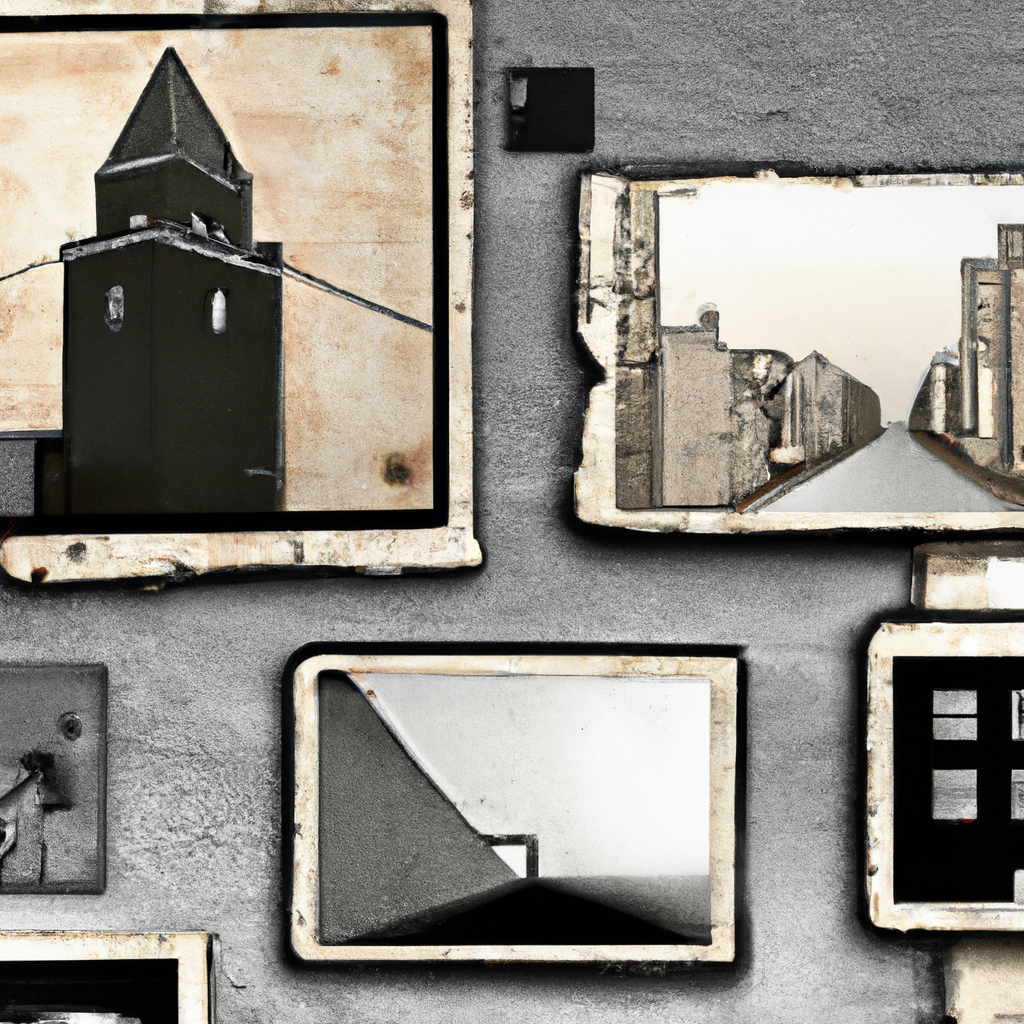Creating lithography art involves a complex process that requires careful planning, technical expertise, and artistic vision. Lithography is a printing technique that was developed in the late 1700s and has since become a popular method for creating high-quality prints of artwork. In this article, we will explore the lithography process, the techniques used by lithography artists, and the steps involved in creating lithography art.
The Lithography Process
The lithography process involves creating a print from a flat surface, typically a stone or metal plate. The image is created using a greasy substance, such as oil or wax, which is applied to the surface. The areas that are not covered by the greasy substance are then treated with an acid wash or other chemical solution, which etches the surface to create the image.
Once the image is created, the plate is inked using a roller or other applicator. The ink adheres to the greasy areas of the plate, but not to the areas that have been etched. The plate is then pressed against a sheet of paper or other material, transferring the image onto the paper.
There are several different techniques that can be used in the lithography process, including hand-drawn lithography, photo lithography, and offset lithography. Each technique has its own unique advantages and challenges, and lithography artists often choose the technique that best suits their artistic vision and technical expertise.
Creating Lithography Art
The process of creating lithography art begins with an idea or concept. The artist will sketch out their design on paper, working out the composition, color scheme, and other elements of the artwork. Once the design is finalized, the artist will transfer the image onto a lithography plate using a transfer paper or other technique.
The plate is then prepared for printing by cleaning and treating the surface with a solution that helps the ink adhere to the plate. The artist will carefully apply the ink to the plate using a roller or other applicator, working to create an even and consistent coverage of ink.
The plate is then placed on a printing press, which applies pressure to the plate and transfers the image onto the paper. The artist will typically print several copies of the artwork, adjusting the ink or other elements of the process as needed to create the desired effect.
Lithography Techniques
Lithography artists use a variety of techniques to create their artwork, ranging from traditional hand-drawn lithography to digital printing methods. Some artists prefer to work entirely by hand, using traditional lithography techniques to create their artwork. Others use digital tools to create their designs, which can then be transferred onto a lithography plate using a computerized process.
Regardless of the techniques used, lithography art is known for its rich colors, fine details, and high level of precision. The lithography process allows artists to create prints that are virtually identical to the original artwork, making it a popular choice for limited edition prints and other high-end art reproductions.
Conclusion
Creating lithography art is a complex process that requires technical expertise, artistic vision, and a deep understanding of the lithography process. Lithography artists use a variety of techniques to create their artwork, ranging from traditional hand-drawn lithography to digital printing methods. By carefully planning and executing each step of the process, lithography artists are able to create high-quality prints that are virtually identical to the original artwork, making it a popular choice for limited edition prints and other high-end art reproductions.







